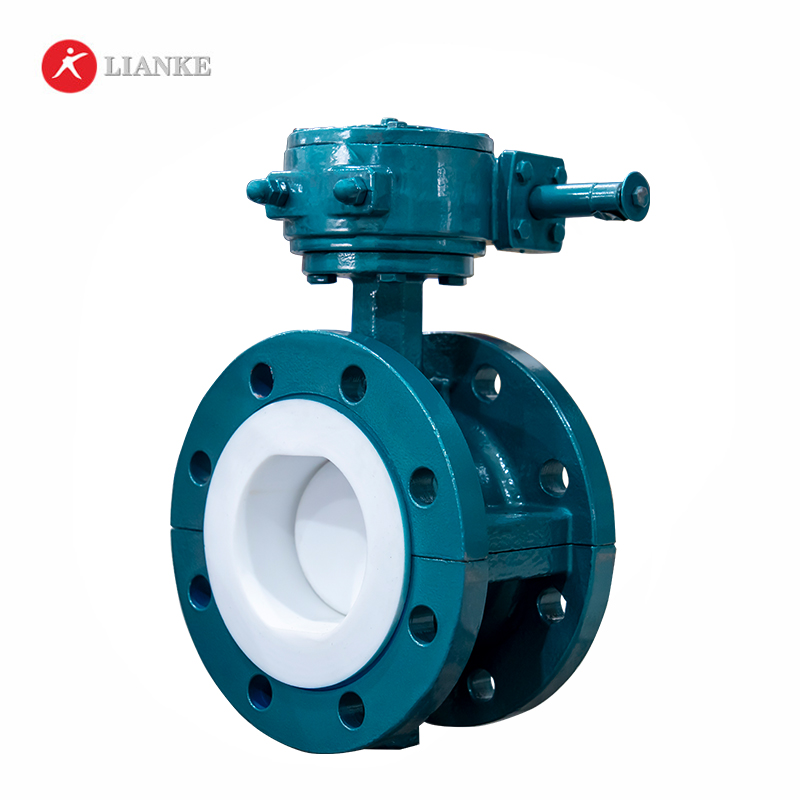

Several businesses in the industrial operations are looking to help their systems run smoothly without interruptions, This is where a duplex basket strainer becomes handy It ensures a continuous, contaminant-free flow, even in the toughest environments.
Keep on reading to discover how this dual-basket design works. In this post we will also explain its key benefits, and why it’s essential for efficiency-focused industries.
A duplex strainer is a type of filtration device that features two separate basket strainers within a single unit. It is often referred to as a dual basket strainer or strainer duplex. The design allows the operator to divert fluid flow between the two baskets. This feature also enables one to be cleaned or serviced while the other continues to filter.1
A duplex basket strainer operates with an integrated valve mechanism to switch the flow. Thus, it ensures continuous operation without the need for system shutdowns.
Duplex basket strainers are indispensable in applications where a non-stop flow of fluids is required. Examples are water treatment, chemical processing, oil and gas production, and food and beverage manufacturing.

A duplex filtration system is comprised of several essential components:
The operation of a duplex strainer is simple yet effective:
When fluid enters the duplex filter, it flows through one of the basket strainers. Any solid particles, debris, or impurities in the fluid are trapped within the basket’s mesh or perforated surface. The cleaned fluid passes downstream.
Over time, one basket may fill up with debris and need cleaning. Instead of shutting down the system, the valve mechanism can be used to redirect the fluid flow to the second basket. This allows for continuous operation even as one basket is removed for cleaning purposes.
Once the first basket is cleaned and replaced, the flow can be switched back if needed. Thus, the feature leads to optimal filtration efficiency.
This continuous cycle ensures the following:
The duplex filtration system offers significant advantages:
In water treatment plants, duplex filters are essential for removing particulates. They also protect pumps and ensure cleaner water output.
In oil and gas pipelines, dual basket strainers help remove unwanted particulates. These could be sediments, sand, and other particles. Duplex basket strainers also protect pipeline integrity and reduce the wear on pumps and valves.
Duplex basket strainers in the food industry maintain high levels of cleanliness. Additionally, they ensure that products meet health and safety standards without halting production.
Chemical industries require reliable filtration. This is due to the need to prevent contaminants from interfering with reactions. The duplex strainer design is needed to ensure a controlled environment without risking contamination.
Regular maintenance is key to extending a duplex strainer’s efficiency and lifespan. Here are essential tips for optimal performance:
To ensure even wear on both baskets, it’s a good practice to alternate the active basket regularly.
Debris and particulates gradually accumulate in the baskets. They potentially reduce flow efficiency and increasing pressure within the system. Routine cleaning prevents clogging. Also, it ensures that the strainer operates at peak efficiency.
A pressure increase can indicate that a basket is becoming clogged. If left unaddressed, it can cause strain on the system. Monitoring pressure gauges can help you catch clogs. Also, it initiates basket cleaning before blockages impact performance.
Duplex basket strainers play a critical role in the various industrial fluid systems. They help fluid systems to run smoothly, efficiently, and continuously. By preventing contaminants from reaching sensitive equipment, dual basket strainers protect system integrity. Ultimately, they can extend an equipment’s lifespan.
LIANKE Valves stands out as a trusted provider of custom-designed fluorine-lined valves. They also produce reliable and sturdy pinch valves, stainless steel ball valves, and duplex filters. The company is renowned for its focus on anti-corrosion and reliability. Their products are tailored to withstand even the harshest environments.
1 Advantages of Duplex Basket Strainers in Industrial Filtration

Your valve is leaking because something has gone wrong with its sealing system. Maybe the seals are worn out after years of service. Perhaps debris is stuck between critical surfaces. Or it could be that improper installation created misalignment from the beginning. These common problems prevent the valve from achieving perfect closure when you need […]

Valve Flow Coefficient (Cv) is a measure of a valve’s capacity to allow liquid or gas to flow through it. It’s technically defined as “the volume of water at 60°F (in US gallons) that will flow through a valve per minute with a pressure drop of 1 psi across the valve.” You calculate Cv by […]

When selecting the right valve for industrial applications, understanding pressure and temperature ratings is crucial. Many professionals in the field struggle with terms like Class, Rating, and PN, which can lead to costly mistakes if misunderstood. This guide will help you understand these concepts so you can select valves with confidence. What Do Pressure Units […]

The main difference between plastic and elastomer comes down to flexibility and shape retention. Plastics are rigid or semi-rigid. Once they bend or break, they don’t bounce back. Elastomers are flexible. They stretch, twist, or compress and return to their original shape. Below, we’ll take a closer look at how these materials differ and the conditions […]



